The final fall flowers are still in bloom, but the time for the honey bees to be able to collect large enough amounts of nectar to make a significant amount of honey has passed. At this time of year a prosperous honey bee colony should have at least fifty pounds of honey stored away for them to eat over the winter. If not, they may run out of food before spring. For me, most years, making sure my bees have put away enough honey to last them the winter is a relatively minor concern, at least compared to trying to make sure the bees are healthy and will stay dry come winter.
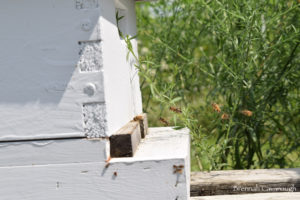
This year, though, as I was checking the hives at some point, I noticed that they were too light, which told me that they didn’t have even close to the right amount of honey. At the time there was still one more ‘honey flow’, which is a source of nectar from which they can make a significant amount of honey, but I knew that it wouldn’t be enough. One colony hadn’t even made enough comb to hold that much honey, and comb building takes even more nectar than honey does. That colony had done quite a good job, considering the unlucky start it had. When I was installing the bees, a lot of the bees got confused and most of them wound up in one hive, while the other hive had a very small number of bees. When ‘packages’ of bees are sent through the mail, they aren’t necessarily related to each other or to their queen. Installing the package involves taking the queen in her cage and putting her in the hive and then pouring the rest of the bees in around her. (She is in a cage to protect her from the rest of the bees, who may not have accepted her yet.) A number of bees may take flight when they are being poured, and because they don’t have any strong loyalty to the scent of their fellows yet, they will land at whatever hive they find first and join it. Since I was installing two at once, that gave them two possibilities and a lot of them were in the air. When a bee finds a hive after being lost and confused for a bit, she will often start fanning her scent at the entrance, to help other lost bees find their way. As more find one than the other and start fanning, the remaining bees in the air are more likely to also find that hive before the other. My early attempts to even out this disparity only switched their fates, and the hive that originally had so many now had as few as the other had had before.
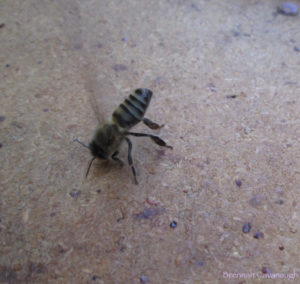
This slow start left them with no way to both store away enough honey to feed them over winter and raise enough bees to generate enough body heat to keep them warm. They opted to raise a lot of bees first, which, if they had had enough time, would have given them a large enough workforce to gather plenty of nectar. They were still building comb long after most colonies stop for the year (since they usually don’t want to be stuck with a half finished project when winter arrives).
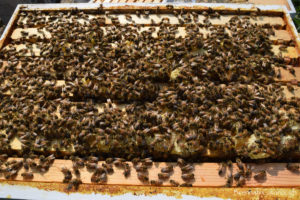
I was glad that they were able to raise enough bees, since if they hadn’t, I wouldn’t have been able to help them. And I was impressed with how healthy the bees they were raising looked, especially compared with the other colony. I decided I needed to start feeding them. Honey is the ideal thing for bees to eat, but I didn’t have enough honey left over to feed them all honey. The next best thing is usually to feed bees sugar syrup. Sugar does not have all the nutrition of honey though, so it isn’t ideal. I have a recipe for a bee tea, which is sugar syrup made with an herbal tea instead of water. I decided to feed them the tea since the herbs make the sugar easier to digest and provide a bit more variety of nutrients for the bees. I made it from herbs growing here, some of them wild, some of them planted on purpose. I can’t remember now where I got the recipe, but it originally comes from Spikenard Farm Honeybee Sanctuary. https://spikenardfarm.org
https://spikenardfarm.org/wp-content/uploads/2015/02/Healing-Tea-for-Honeybees-2_15_15.pdf
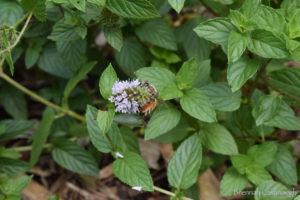
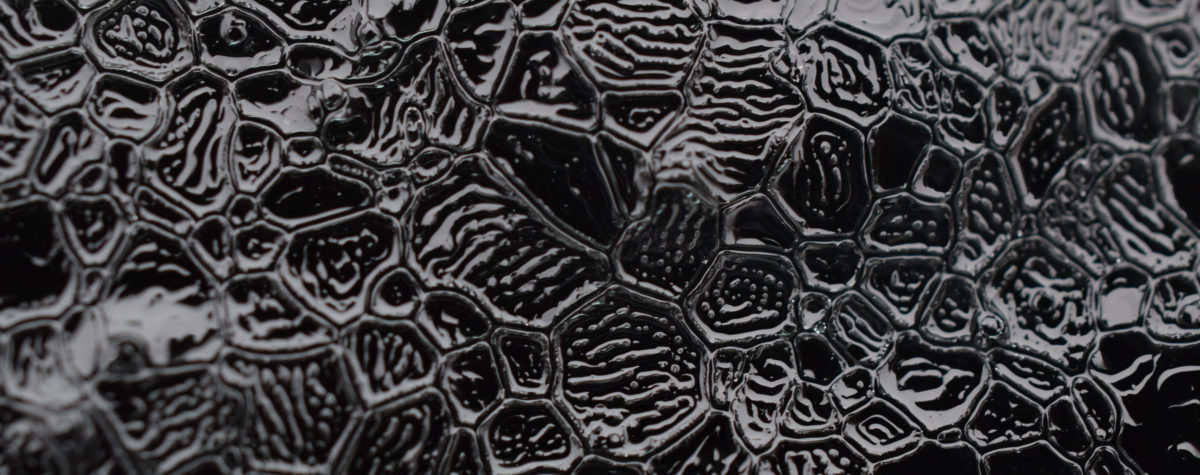
This is really fascinating! You explain it very well. I hope the sugar syrup gets them through.
Thanks! They should have enough to eat at least, so as long as everything else goes well they’ll be okay.
Wow. Very interesting.